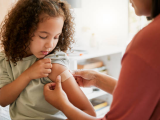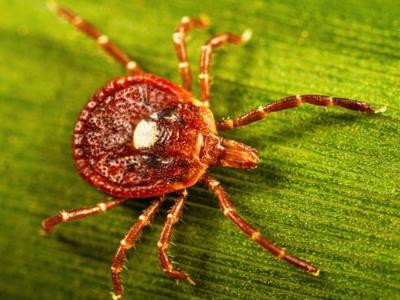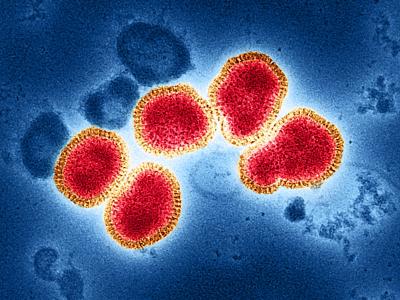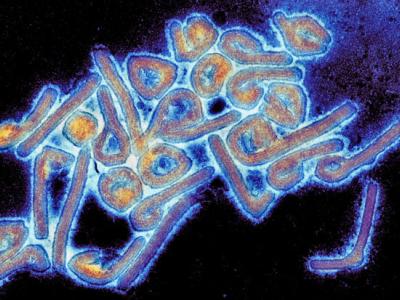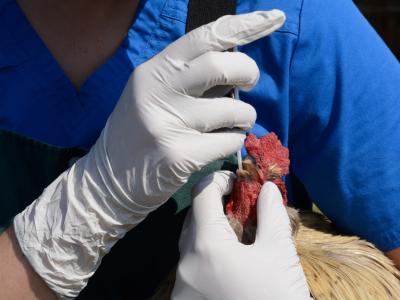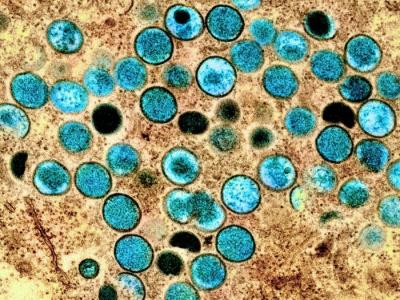Mar 5, 2010 (CIDRAP News) – Nearly 5 months after its launch, the pandemic H1N1 vaccine still appears to have a safety profile similar to that of seasonal flu vaccines, the US Centers for Disease Control and Prevention (CDC) said in an update yesterday.
The CDC's report summarizes reports that it collected through its Vaccine Adverse Event Reporting System (VAERS) through Feb 26. The VAERS system is designed to identify potential problems that require further investigation, but it does not determine if the adverse event was caused by the vaccine. The CDC cautions that the VAERS reports are submitted voluntarily by anyone who thinks an adverse event may have occurred and often include incorrect or incomplete information.
So far, 127 million doses of pandemic vaccine have been shipped to providers, but the CDC added that the precise number of doses that have been administered is not known. (In mid February, Health and Human Services Secretary Kathleen Sebelius estimated that 70 million Americans had received the vaccine so far.) The VAERS system has received 10,172 adverse event reports for the pandemic vaccine, of which 93% are classified as "nonserious," such as injection-site soreness.
Among those reports, 6% (636) were classified as "serious," which are defined as life-threatening or resulting in death, major disability, abnormal conditions at birth, hospitalization, or extension of an existing hospitalization. The percentage of serious events for the pandemic vaccine is no different from that for the seasonal flu vaccine, the CDC said. Seasonal flu vaccines have been in use for decades, and their safety profiles have been widely praised by US and global health officials.
No new or unusual adverse events or patterns of events have emerged, the CDC said in the safety update, which is now issued monthly rather than weekly.
Reports of 51 deaths were included in the 636 serious events, and the CDC said it will investigate those and all of the other serious events. However, it said a preliminary review of the deaths has found no patterns in age, gender, geographic location, illness status, or underlying medical conditions.
The VAERS system has received 103 reports of Guillain-Barre syndrome, a rare side effect of the flu and other infections that was linked to a swine flu vaccine used by the United States in 1976. So far the rate appears to be below the US background rate for GBS. The CDC said about 80 to 160 GBS cases occur each week, regardless of vaccination.
Because of problems with the 1976 swine flu vaccine and because some people are apprehensive about receiving vaccines, federal health officials set up an unprecedented safety tracking system for the pandemic vaccine. In addition to VAERS, safety monitoring includes the Vaccine Safety Datalink system, which includes information from eight managed care organizations; enhancements of existing systems; and collaborations with other professional organizations and agencies such as the Department of Defense. Also, the National Vaccine Advisory Committee has established an independent group of experts to regularly evaluate the safety of the pandemic vaccine.
See also:
Mar 4 CDC VAERS summary
Dec 4, 2009, CIDRAP News story "CDC heartened by initial safety reports on H1N1 vaccine"







